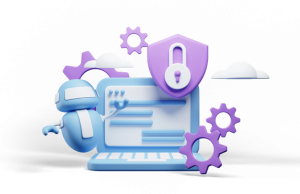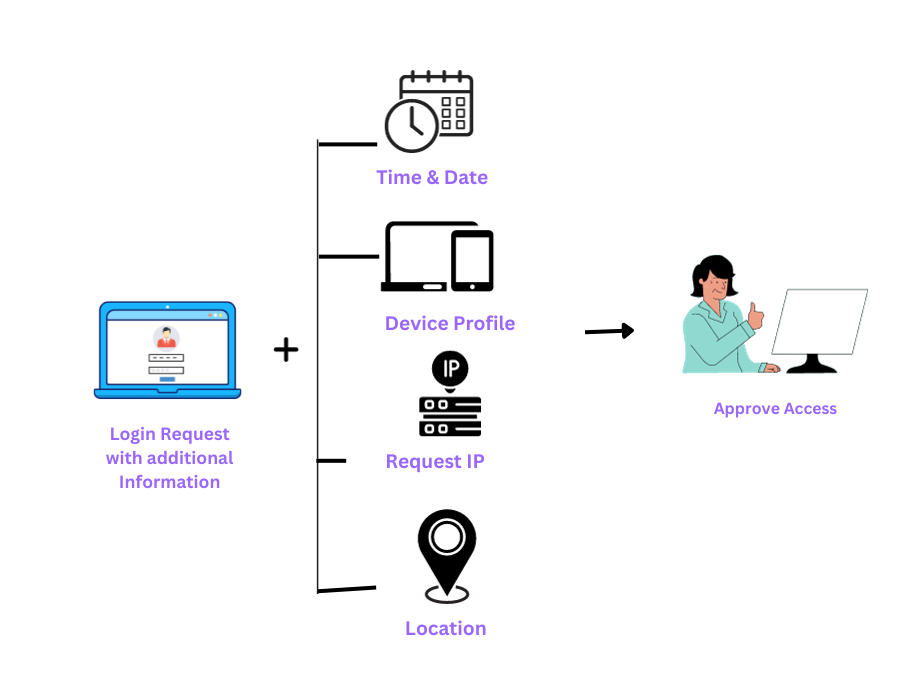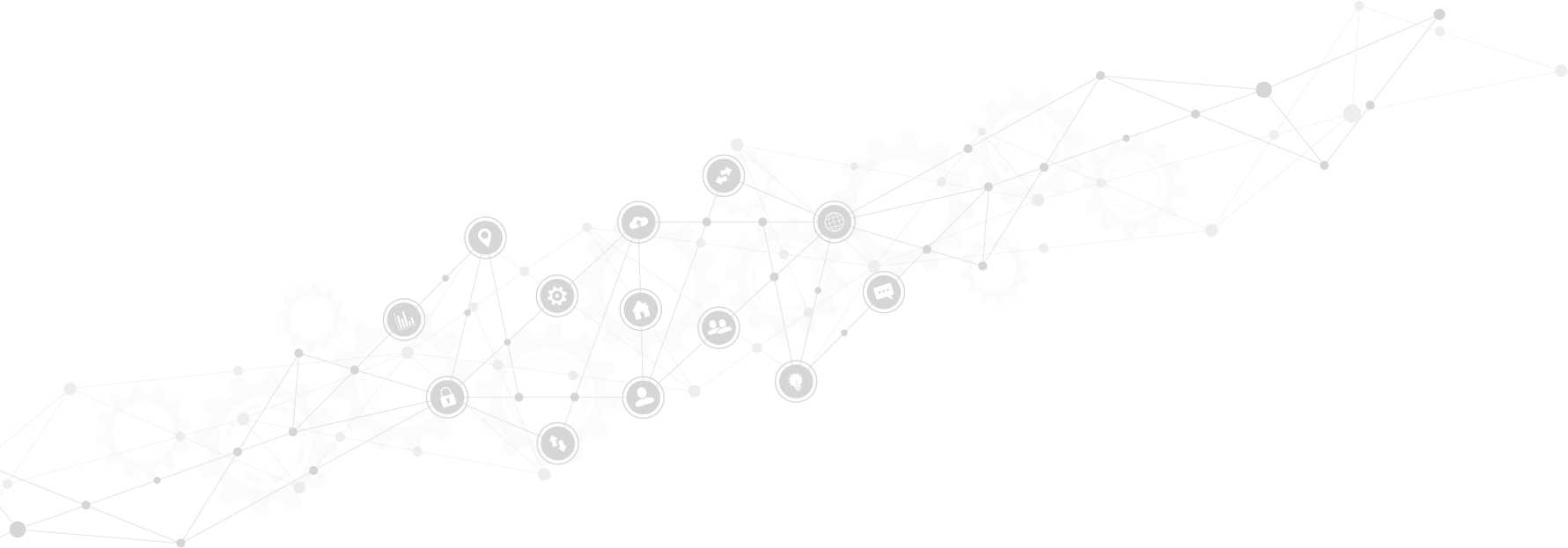
- Home
- Products
- Multi Factor Authentication MFA
- single sign on SSO
- Adaptive MFA
- Passwordless Authentication
- Rainbow Secure Password
- Rainbow Secure Email
- Privileged Access Management (PAM)
- Secure Remote Access
- Self-Service Password Reset (SSPR)
- Directory as a Service
- Add On
Strengthen identity with layers of security and human involvement to protect against cyber threats
Add Ons - Services
Other Solutions

- Why Rainbow Secure?
- Industries
- Pricing
- Company
- Blogs
- Demos






